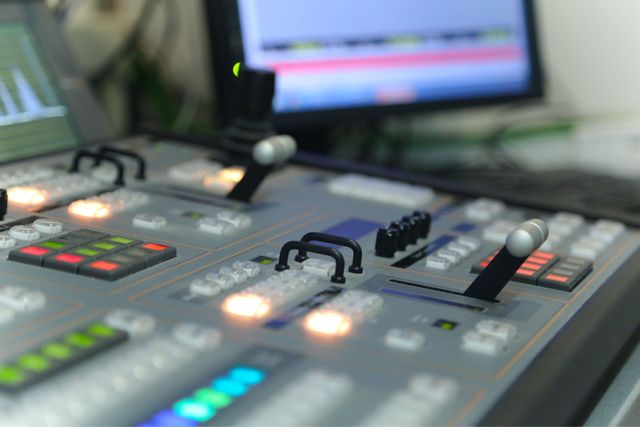Optimal Strategies for Placing Security CCTV to Enhance Surveillance Efficacy
Optimal Strategies for Placing Security CCTV to Enhance Surveillance Efficacy
Blog Article

Placing surveillance cameras effectively efficiently is crucial for enhancing monitoring across various settings, such as residences, businesses, as well as community areas. The main objective of security systems is to discourage criminal activity and provide proof during instances of incidents. To attain this, it is important to consider various factors, such as surveillance camera placement, range of view, and the particular areas that need monitoring. By comprehending these elements, people and entities can develop a comprehensive monitoring plan that maximizes the efficacy of their security solutions.
One of the first actions in positioning surveillance cameras involves to identify critical locations that need monitoring. High-risk areas, such as entry points, exits, vehicle lots, as well as areas with high-value assets, must be prioritized. It also important to take into account blind spots, that are locations that may not be seen from certain angles. By mapping out these critical areas, security staff can ensure that all corner remains monitored, minimizing the chances of criminal actions going unnoticed. Additionally, placing surveillance systems at key points can assist create a comprehensive perspective of the premises, enabling for better total surveillance coverage.
The field of a security camera remains another crucial factor to take into account. Different kinds of surveillance systems offer different fields of vision, which can influence how much space gets captured in the video. For instance, broad-view systems can cover bigger spaces, making them perfect for spacious areas, whereas PTZ systems can be modified to focus on particular features. When positioning surveillance systems, it becomes essential to select the right kind based on the area being observed. This ensures that the camera can record sharp images and offer important information in the event of an incident.
Height and angle of installation also play a crucial role in the effectiveness of surveillance systems. Surveillance systems must be mounted at a height that is out of grasp of possible interference but also enables for unobstructed visibility of faces and other recognizable details. A typical recommendation is install systems at least 8 to ten feet off the ground. Additionally, the tilt at which the system is set can impact its capability to capture important information. Surveillance systems must be angled to minimize glare and prevent blockages, ensuring that they can record clear video at any moments.
In conclusion, routine maintenance and updates to the surveillance system are essential for long-term efficacy. This entails checking camera performance, cleaning optics, as well as making sure that firmware remains up to date. this hyperlink Regular evaluations of the monitoring plan can assist identify any new areas not visible or locations that may require additional coverage. By staying vigilant and implementing necessary adjustments, people as well as organizations can enhance their monitoring efficacy and ensure that their security solutions remain to serve their designated function.